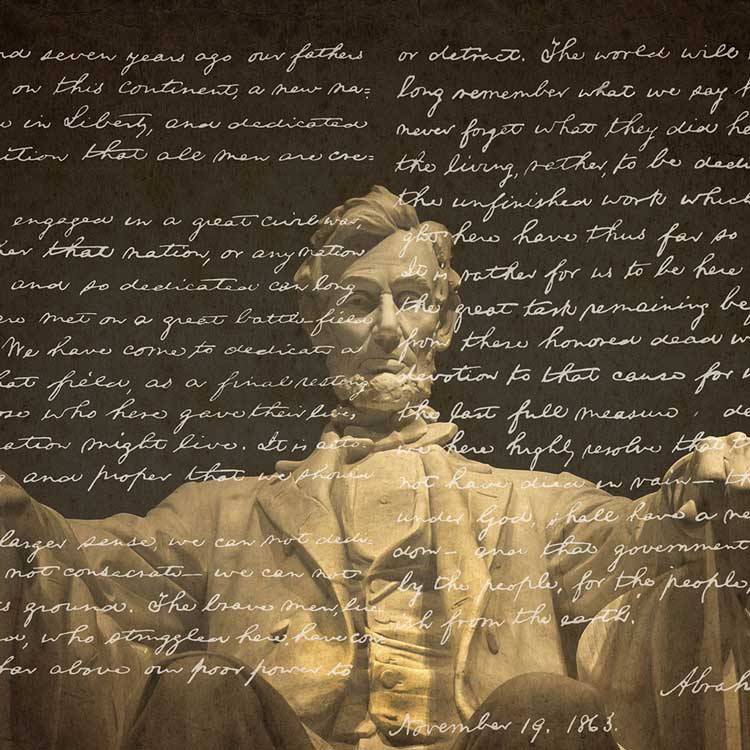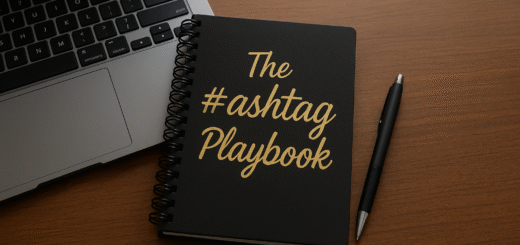What the U.S.’s Most Famous Speech Can Teach Us About Content Marketing
 During the Civil War in the U.S., the victory at Gettysburg, Pennsylvania, is considered the point at which the tide of war turned in favor of the Union. But what would the ultimate defeat of the pro-slavery South, and the deaths of so many in this battle and in others to come, mean for the nation?
During the Civil War in the U.S., the victory at Gettysburg, Pennsylvania, is considered the point at which the tide of war turned in favor of the Union. But what would the ultimate defeat of the pro-slavery South, and the deaths of so many in this battle and in others to come, mean for the nation?
President Lincoln gave his answer to that question when he spoke at the dedication ceremony where the Union dead of Gettysburg were buried. If you’re unfamiliar with the 2 minute speech, you can find it here:
https://teachingamericanhistory.org/document/gettysburg-address/
How did something jotted on the back of an envelope and delivered in just 2 minutes become one of the most enduring speeches of all time?
The answers give us serious clues as to how we can conduct our own content marketing campaigns to maximum effectiveness. And while our own content may not outlive us by a century and a half (and counting) perhaps it will do enough to change lives while providing for our own freedom to retire.
Lesson #1: KISS – Keep it super simple.
Lincoln was known for his simple, straightforward style of communication. Of the speech’s ten most frequently used words, only one has more than two syllables.
Simple words get straight to our emotions and stick in our brains. Think of the massive effectiveness of slogans like, “Be all you can be” and “Just do it” and you’ll realize Lincoln would have been a great content marketer.
No matter who your audience might be, using straightforward language to deliver your message will be more effective than complex, flowery, multisyllabic jargon.
Lesson #2: Find and emphasize common ground.
Lincoln never mentions the two sides of the war – the Union and the Confederacy. He never uses the words, “I” or “me.”
Lincoln doesn’t start out talking about the unfathomable divisions in the country or the bitterness of the war dragging on for two years with massive casualties.
Instead, he begins by referring to an event common to all Americans’ history: The founding of the nation 87 years prior.
Find the common ground with your readers and offer friendly advice as a friend who knows them.
“You’re dealing with XY problem? We’ve dealt with that ourselves. Here are a few ideas to consider.”
“We understand how you feel. We felt the same way ourselves, and this is what we’ve found.”
Lesson #3: Keep it short and tight.
279 words, 10 sentences and 3 paragraphs make up the most famous speech in U.S. history.
Conversely, there was another guy there at the ceremony who was actually the keynote speaker. That’s right, the President of the U.S. wasn’t considered the main speaker.
And this other guy, a ‘revered orator and pastor from Massachusetts,’ spoke for over 2 hours. TWO HOURS.
Ask anyone in the U.S. who this guy was, and I guarantee 99 out of 100 people can’t tell you his name was Edward Everett. And even if they somehow know his name, they can’t tell you what he said.
Here’s the gist of Lincoln’s speech:
1: Where we come from – The U.S. was established as one nation
2: Where we are – The U.S. is divided
3: What we’re going to do about it – Strive to restore the nation along the same principles under which it was established.
Finding the right size for your content can seem confusing. Should you write 500 words or 5,000? Should you make a 2-minute video or a 20-minute video?
Here’s the miniskirt rule I learned 20 years ago that has never failed me:
“It should be long enough to cover the basics, but short enough to be interesting.”
Follow this rule and you won’t need to worry about word counts or minutes.
Not everyone recognized greatness when they heard it. The Patriot and Union newspaper of Pennsylvania called the President’s oration, “Silly remarks.” 150 years later they printed a retraction which was then parodied on Saturday Night Live.
The Chicago Times wrote, “The cheek of every American must tingle with shame as he reads the silly, flat, dish watery utterance of the man who has to be pointed out to intelligent foreigners as the President of the United States.”
Perhaps they would have liked Lincoln to wear a sash like a beauty queen or perhaps a crown like a king. No matter. These critics – mainstream at the time – have gone down as being comic buffoons in the footnotes of history.
As content marketers we may not strive to appear in the annuals of history, but we can apply Lincoln’s lessons to the task of touching the hearts and minds of our audiences that keeps them coming back for more.














